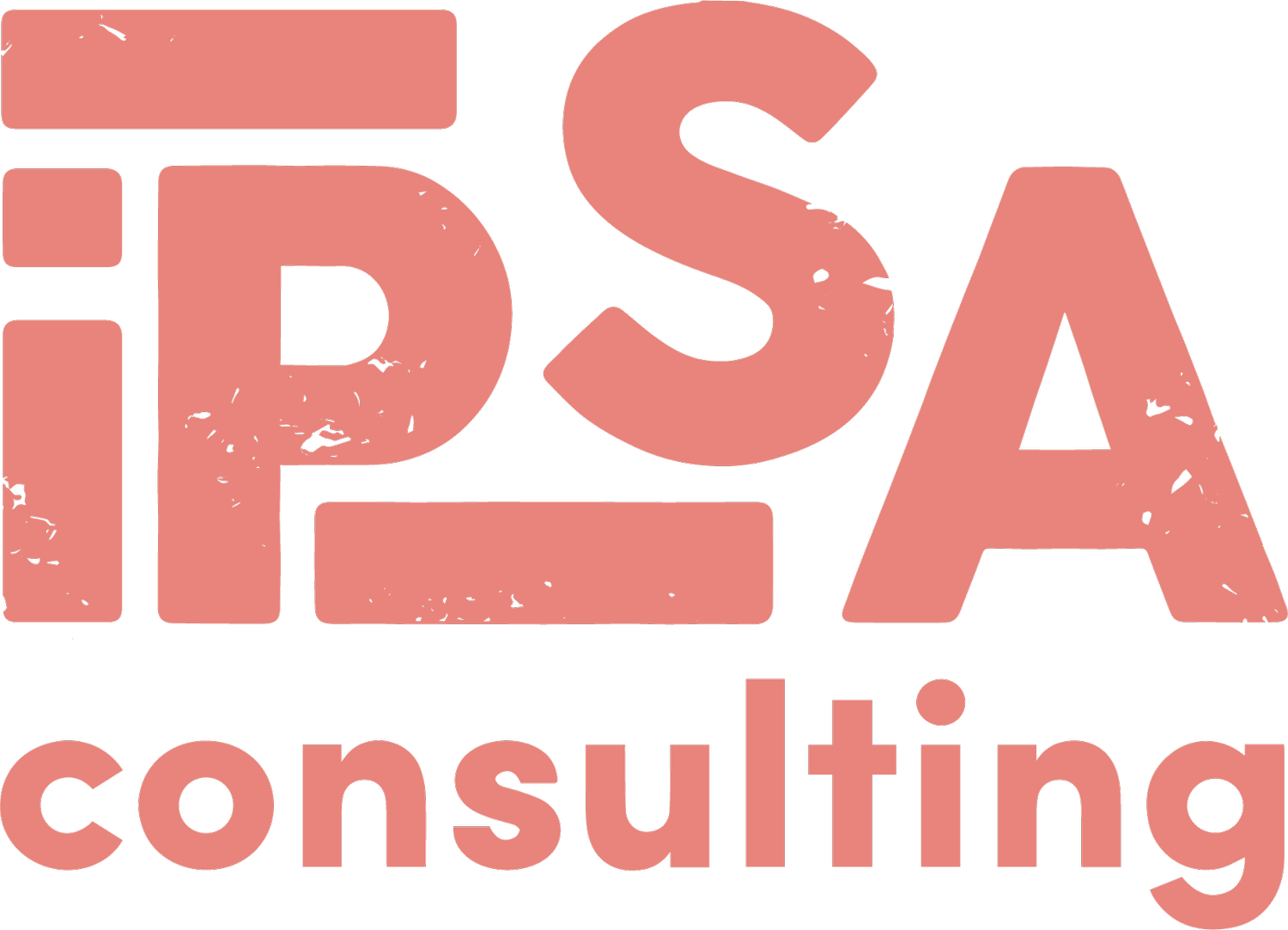Crafting a Compelling ESG Report for a Leading Waste Management Firm
About the company
The client is a waste management company that is creating a circular economy by diverting specific types of waste from landfills. Currently, they divert over 90% of all waste from landfills by repurposing materials captured for continued use either as new material, products or for energy. They also create tens of millions in social value per year which is determined by auditing financial savings created for society and for taxpayers from their activities, and have benefited local community groups, individuals and both local and national government. Their social good programmes are changing lives for the bettery rehabilitating ex-offenders, supporting homeless adults into independence and redistributing food to feed communities.
What we did
The internal sustainability and communications teams have worked hard over the last few years to audit the current environmental, social and governance within the organisation. With the aid of external consultants, they’d set ambitious targets to not only reach Net Zero by 2050, but to divert extraordinary amounts of waste from landfill - working towards a circular economy. The team were at the stage of needing an ESG report for their investors and stakeholders, but their inhouse knowledge and lack of available time meant they required external resources to assist in this task. Whilst the team had created a basic initial version, they required a more robust report that adhered to all of the chosen reporting frameworks and standards.
We worked closely with several members of the team: PR, Communications, Sustainability Director and Environmental Management to source all relevant data, long and short term targets and targets. We then mapped their current position and targets against the GRI (Global Reporting Initiative) standards to create an index of their current situation - in line with the globally recognised framework. From there we created a narrative structure for the report using typical formats and making the most of their internal brand pillars to tell stories about their success. We then drafted a 9,500-word report in line with the core GRI standards, using both the clients brand tone of voice, and specific sustainability terminologies to communicate their messages of both success, gaps in progress and future plans and, finally, meticulously cross-referenced the final document to create a robust index for readers.
“Cath is a true professional who not only supported us on a recent ESG report but led effectively on the project management and strategic implementation to deliver the report to GRI Standards. Not only is she well versed in sustainability, but she was able to bring the successes to life, crafting engaging copy to shape the messaging and push that message out. She was a joy to work with throughout, executing it all within a short period of time. I would have no hesitation in recommending Cath in future.”
Q&A with Cath
-
The organisation is different to others in the same market - they not only have an output that aims to lessen environmental impact, but they also work with marginalised people. It’s admirable work and I wanted to play a small part in that.
-
The biggest challenge was the timeframe. It required huge amounts of creativity and concentration - things that are finite when there is pressure from the clock. With lots of late nights and early starts, and in collaboration with the PR and Communications team’s fine toothed comb, we managed to create a final draft in time for the deadline.
-
What started as a copywriting project, soon evolved into providing sustainability consultancy as well. The client was knowledgeable about their own targets but wasn’t so clear on the wider frameworks such as GRI, SBTi and how to use these in the context of reporting. There was a lot of problem solving during this project to ensure it woud be correct for future reports, and future planning.
-
There were a couple: 1) The timing was a real pressure and so I wouldn’t want to deliver such a thorough, large body of work in such a timeframe again without significant help. When I was younger the thrill of late nights and early mornings was definitely more fun than it is now! and 2) the strategy was created without rigorously adhering to the frameworks and so we had to go back and retro-adjust the strategy to fit within the framework for this report and future disclosures. Next time I’d make sure to evaluate the strategy first, especially if it’s something I inherit.
